Crystal Meth Addiction Treatment
Methamphetamine Recovery is Possible
Freedom through Detox, Rehab, and Healing

Make Your Mental and Physical Health a Priority

Start Your Life in Recovery
Life Without Methamphetamines
An estimated more than two million people are addicted to methamphetamines, a stimulant doctors use to treat certain sleep disorders, attention disorders, and obesity. People take meth because it makes them feel pleasure and extreme energy.
The methamphetamines people are addicted to typically aren’t prescribed. Instead, people make the drug in makeshift labs using a mixture of chemicals.
Meth typically is found in three forms:
- Crystalized, which people smoke or inject
- Powder, which people snort, inject, swallow, or press into pills
- Base or wax, which users swallow or inject
No matter the form of meth used, addiction can be quick, quite often starting with the first use.
If you can’t stop using meth, it’s time to seek professional help. Shadow Mountain Recovery Centers can help you stop methamphetamine use once and for all.

What Methamphetamine Addiction Looks Like
There are medical reasons to take methamphetamines under a doctor’s care, but most of the meth people abuse is not doctor prescribed. Instead, it’s made in labs by amateurs looking to use and sell it.
Many people use methamphetamines because they make them feel like they can accomplish anything. Meth gives you an extreme burst of energy and euphoria. But the positive feelings don’t last long.
People crash after using meth, often sleeping for long periods. Meth use is hazardous because it raises your blood pressure and body temperature. It can cause memory loss, brain damage, and even death. More than 50,000 people die in the U.S. each year because of meth. The number continues rising.
Other side effects of using methamphetamines include:- Aggressive or violent behavior
- High blood pressure
- Rapid/irregular heartbeat
- Headaches
- Nausea/vomiting
- Fever
- Sleeplessness
- Mood swings
- Fast aging
- Paranoia
- Poor appearance
- Sores and picking at them
- Rotting teeth
- Appetite loss
- Twitching
- Hallucinations
People who use methamphetamines are at higher risk of brain damage, heart disease, liver and kidney damage, lung problems, dental issues, weakened immune system, suicide, and accidental overdose. They will experience withdrawal symptoms if they attempt to stop using the drug.

Experiencing Methamphetamine Detox and Withdrawal
If you stop taking methamphetamines suddenly, you’ll likely experience withdrawal symptoms. The severity of these symptoms depends on the duration and frequency of meth use, how much meth you used, and your overall health. These withdrawal symptoms are why many people start using again after trying to stop.
Methamphetamine withdrawal symptoms include:- Fatigue
- Increased appetite
- Muscle aches
- Headaches
- Sweating
- Tremors
- Insomnia
- Dehydration
- Chills
- Depression
- Anxiety
- Moodiness
- Agitation
- Paranoia
- Psychosis
Withdrawal symptoms typically begin within 24 hours of the last drug use and can continue for two weeks or more. Meth withdrawal symptoms are extremely uncomfortable and can result in thoughts of suicide. Recovering in a safe environment with medical monitoring is vital.
Methamphetamine Recovery at Shadow Mountain
Life without methamphetamines is possible. The individualized treatment plans at Shadow Mountain Recovery Centers help make the detox, rehab, and recovery process as smooth as possible. Our trained medical staff works to keep you safe and as comfortable as possible during detox. Rehabilitation from methamphetamine addiction typically happens in three stages.
Stage 1 – Detox
Detoxing is a process or time in which you remove harmful substances from your body. The withdrawal process can be challenging without proper care. Seeking medical detox provides proper medical supervision by professionals, medication assistance when dealing with withdrawal symptoms, and a safe place free from temptations.
During Detox at Shadow Mountain, we will use Medication Assisted Treatment (MAT) to ensure you remain comfortable under our care. We use medications that can alleviate withdrawal symptoms in tandem with behavioral therapy and whole-body treatments. The medications meet each client’s needs during the withdrawal and prevent discomfort while allowing the brain to process and work through things during behavioral therapies and activities to restore clients to full health rather than merely treating symptoms.
Stage 2 – Treatment
While you will complete some treatment during detox, Stage 2 is when treatment truly begins.
Whether you choose residential or outpatient treatment, the process is more successful if you find a place with a structured mix of research-based and hands-on therapies. By getting treatment at a facility that offers both types of therapies, you receive full-person treatment that heals your whole self instead of just treating symptoms.
Treatment for meth addiction may include:
- Individual and group therapy
- Life skills training to relearn communication, anger management, and vocational skills
- Experiential therapies like yoga, mindfulness, journaling, hiking, and cooking
Treatments work differently for everyone, so we establish an individualized treatment plan that will work best for you.
Stage 3 – Aftercare
A big part of successful recovery is what happens after leaving a treatment facility and returning to regular life. During your treatment, you will learn coping skills to help you avoid substances and deal more effectively with life challenges. After your initial treatment ends, you can continue aftercare with Shadow Mountain.
Start Recovery Now
Shadow Mountain Recovery Centers provide safe, effective treatment for people with alcohol addiction, prescription pill dependency, and substance abuse. We also help you with any mental health disorders that may exist simultaneously. Our programs pair compassionate mental health professionals with the treatments necessary for recovery. We will also walk you through the insurance verification process to be sure you understand your coverage options. If you’re ready to commit to recovery, we’re here to help.


